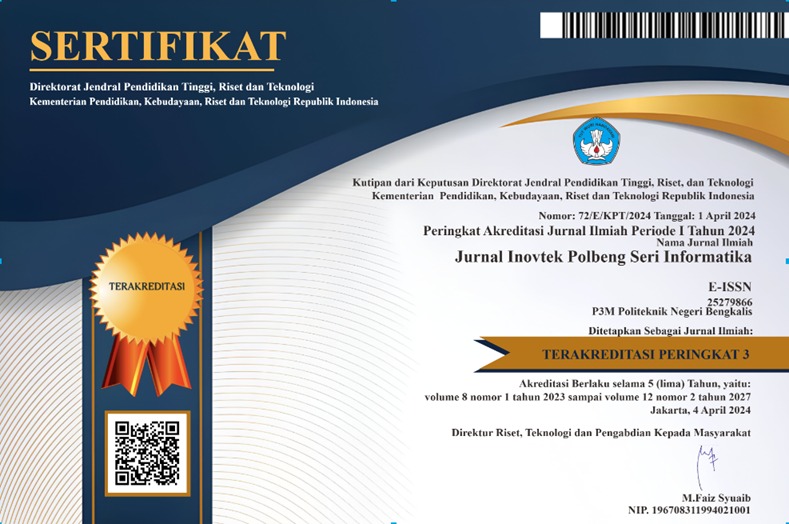Application of ADASYN Technique in Classification of Stroke Disease using Backpropagation Neural Network
DOI:
https://doi.org/10.35314/jdhv9s39Keywords:
ADASYN, Artificial Neural Network, Backpropagation, Stroke DiseaseAbstract
The high prevalence of stroke in Indonesia and the challenge of imbalanced medical record data are major obstacles to the development of an accurate early detection system. This research aims to build a reliable stroke classification model by applying the ADASYN (Adaptive Synthetic Sampling) oversampling technique to address class imbalance before the data is processed using the Backpropagation Neural Network (BPNN) algorithm. The ADASYN technique is applied with the goal of reducing the bias that arises from the imbalanced data distribution between the majority and minority classes. Testing was conducted through various data splitting scenarios (70:30, 80:20, 90:10) and hyperparameter variations to find the optimal configuration. The best results were obtained with the 90:10 data split scheme, using an architecture of 29 neurons and a learning rate of 0.01, which successfully achieved peak performance with an accuracy of 90.46% and an F1-score of 91.03%. This study demonstrates that the combination of ADASYN and BPNN is a highly effective approach for producing a stroke prediction model that is not only accurate but also sensitive to the minority class, thus having great potential as an early detection support tool in the healthcare sector.
Downloads
Downloads
Published
Issue
Section
License
Copyright (c) 2025 INOVTEK Polbeng - Seri Informatika

This work is licensed under a Creative Commons Attribution-NonCommercial-ShareAlike 4.0 International License.













